Want To Start A Garden in 2024? Read Our 10 Golden Rules For Success First
The Gardening Know How team has combined decades of experience to bring you the most essential tips for beginner gardeners. Be inspired to fulfill your growing potential in the new year.
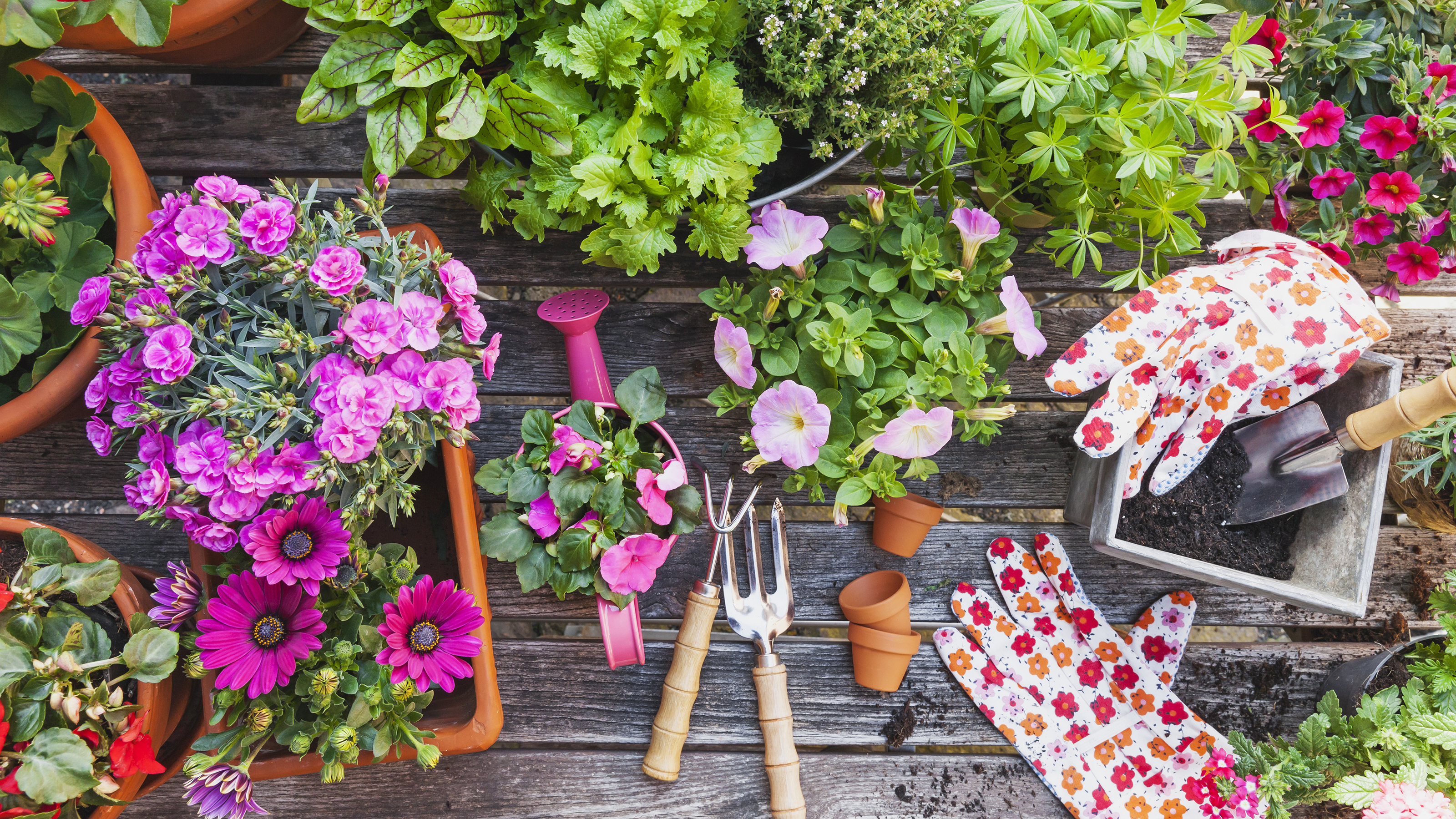

Planting a garden and watching it grow is truly the most fulfilling, life-affirming experience. So many heavenly hours can be spent with your hands in the dirt, and your imagination off with the flowers.
Gardening is a powerful outlet for creativity, enabling you to surround yourself with beauty; it can be productive and provide homegrown food for your family; it keeps you in touch with the natural world around you; and it is also an invaluable form of exercise. In short, gardening is beneficial to both body and soul.
Knowing how to get started with gardening can seem overwhelming, but it needn’t be. Every plant starts with a tiny seed, and so can your garden.
As long as you choose plants that are compatible with your USDA hardiness zone and soil type, then you can’t go too wrong.
In the words of garden coach Janet Kilburn Phillips, ‘There are no gardening mistakes, only experiments.’
1. It all starts with good soil
Whether you’re working with containers or an in-ground garden plot, good quality soil is the key to healthy plants.
Investing in new soil or soil amendments initially creates a fertile environment that fosters robust growth, encourages strong root development, and supplies essential nutrients for healthy plant growth. Your plants will thank you!
Sign up for the Gardening Know How newsletter today and receive a free copy of our e-book "How to Grow Delicious Tomatoes".
You can usually find good quality compost at your local garden center, greenhouse or farm supply shop. You’ll likely find stacks and stacks of bagged composts, manures and other amendments.
Some larger garden centres may even offer these amendments by the cubic yard saving you money by buying in bulk.
Tip from Amy Draiss, Digital Community Manager
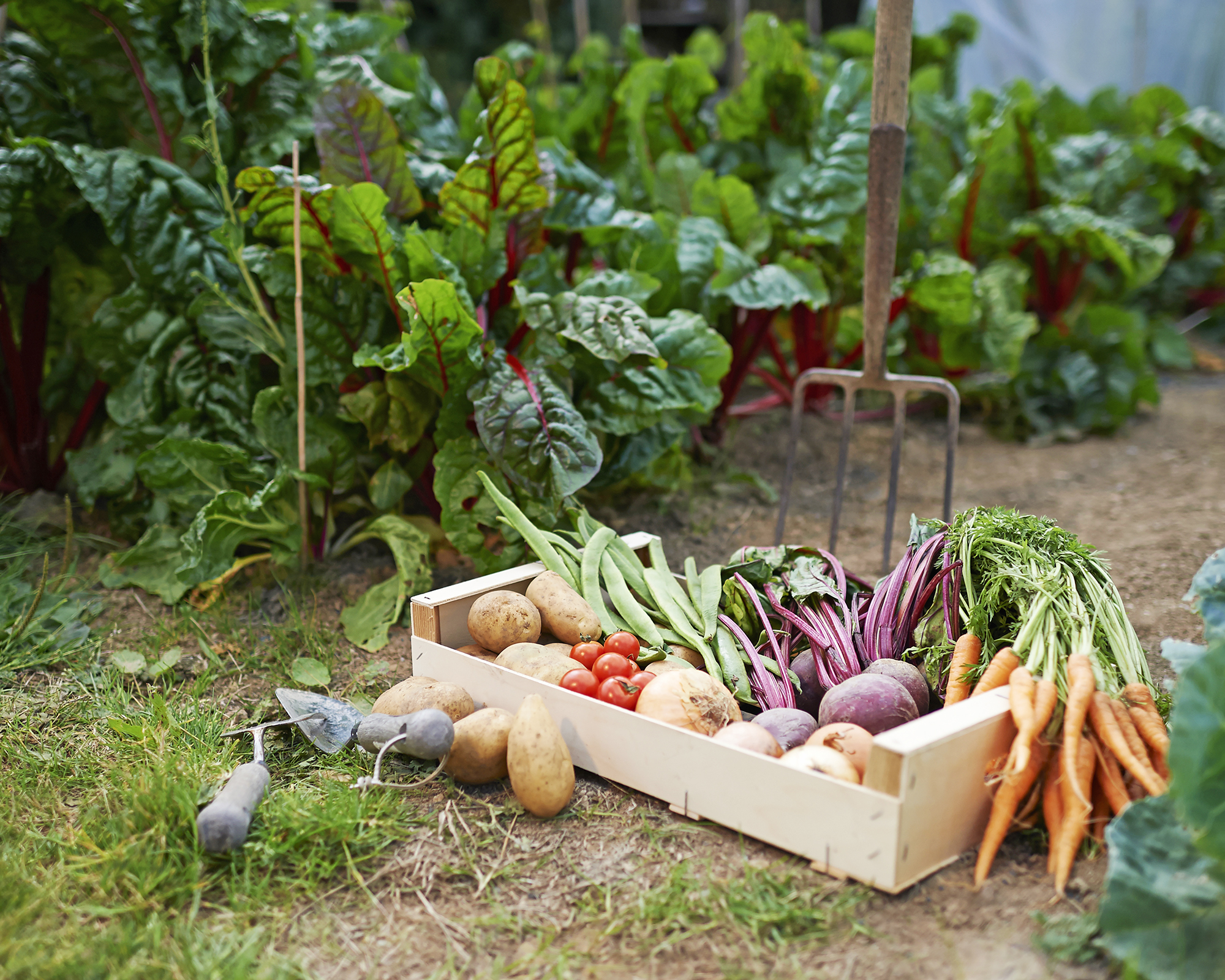
2. Grow vegetables that keep on giving
If you're new to growing vegetables, choose ones you can harvest more than once.
Peas, beans, and summer squash are quick and easy to grow, and they keep on producing while they do it. Lettuce and basil are also low maintenance, and they'll replace their leaves every time you cut them.
Vegetables like these mean continuous payoff, which is huge for keeping spirits high.
Every time you go to the garden, you can pop a few bean pods in your mouth – way more fun than waiting a whole summer for a single cabbage!
Tip from Liz Baessler, Senior Editor
3. Size up your growing space
Space matters! Plan ahead for plant size. Some will grow tall and some will grow closer to the ground.
Tall plants will shade shorter plants and deprive them of needed sunshine.
Also, give little seedlings plenty of room to stretch and grow. If they sprout up too close together, don’t be afraid to thin seedlings. It’s hard to pluck baby plants out, but the ones that remain will appreciate it.
Tip from Caroline Bloomfield, Manager of Marketing Communications
4. Plant for every season
Your garden has year-round potential for interest, so don’t focus your efforts on only spring and summer flowers. Visit local garden centers and open gardens in every season to see what is in bloom at that time of year.
To create a four-season garden start with a backbone of structural shrubs and trees. These can be evergreen – meaning they don’t lose all their leaves in the fall – or they could bear autumn-hued leaves, winter berries, or spring flowers.
It’s easy to fill borders with summer blooms, but think about extending the flowering season for as long as possible.
It can start with winter bulbs, such as snowdrops and crocuses, and flowers such as hellebores and pansies. As these die back, spring flowers take their place, in particular bulbs such as daffodils and tulips, to shrubs such as daphne, viburnum, and heather.
Summer is a time of plenty in the garden, but you can stagger this with early summer bloomers, such as peonies, foxgloves, and euphorbia, and late summer flowers, such as dahlias and black-eyed Susan. Many late summer bloomers will go into fall, but chrysanthemums and asters also put on a good show at this time of year.
The cleverest gardeners will use the same growing space at different times of the year, with winter and spring flowers dying back so that summer and fall blooms can take their place.
Tip from Melanie Griffiths, Senior Editor
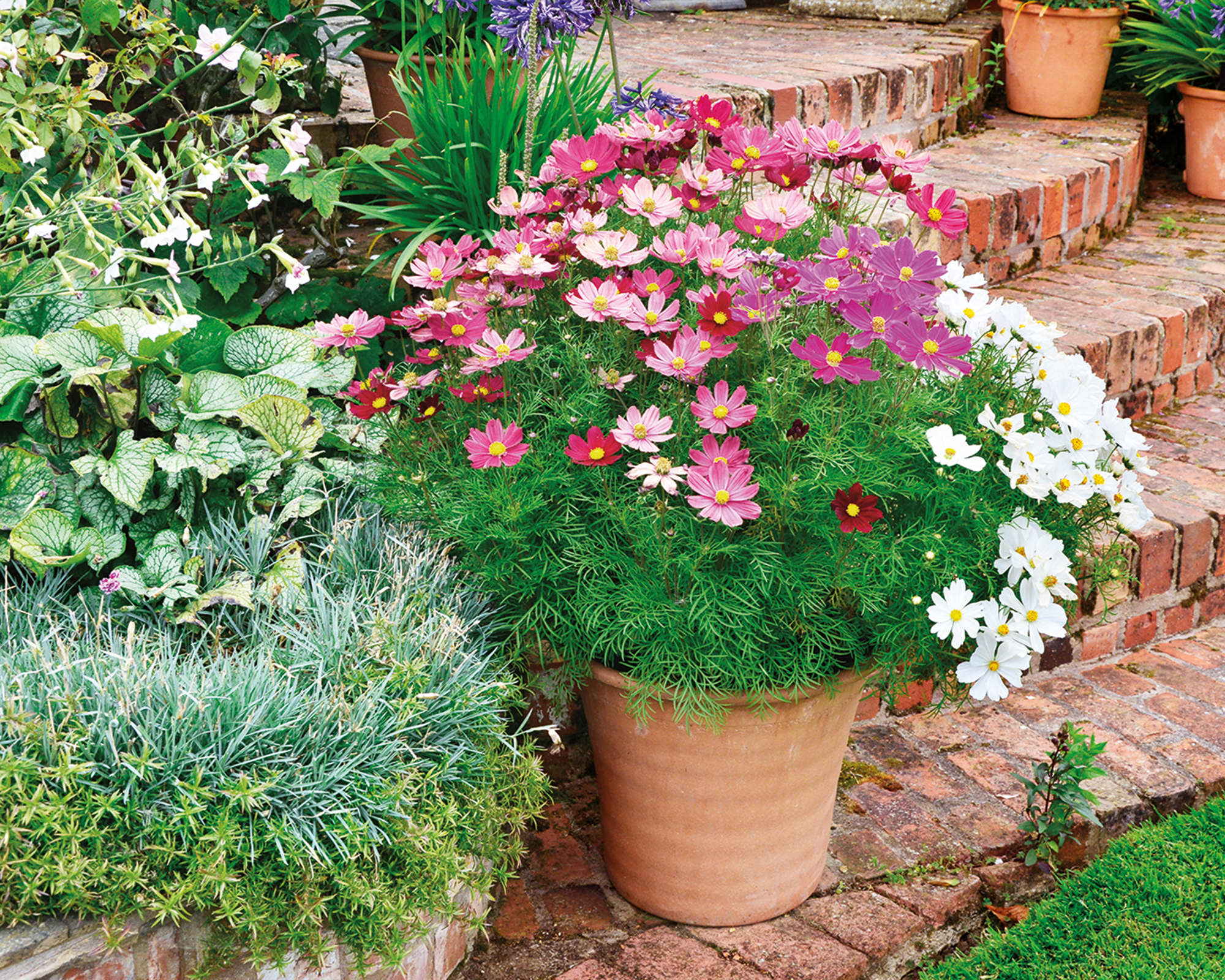
5. Get creative with containers
Don't overlook container gardening! If your garden soil is subpar, you can quickly begin growing flowers, bulbs, fruits, and veggies in containers.
Start with fresh potting soil – never garden soil. Choose a container size appropriate for what you are growing; for example, tomatoes and blueberry shrubs need a large container, as much as 5 gallons. Annuals and perennials need containers large enough to accommodate their root balls.
Containers make wonderful additions to the front porch, the back patio, and even placed among garden beds. If you live in an apartment and only have a balcony, hail to the container garden!
Tip from Susan Albert, Contract Writer, Q&A
6. Be thrifty with seeds and cuttings
Buying all of your plants from the garden center is an expensive way to fill a garden. However, you can propagate a huge range of plants from seeds, cuttings, or division. It’s far more satisfying to watch the plants you have lovingly nurtured grow, too.
There are so many flowers that are easy to grow from seed – try sweet peas, cosmos, marigolds, zinnias, and sunflowers. Or, grow your own delicious crops, such as tomatoes, zucchinis, green beans, and lettuce.
Reach out to friends and family who garden and ask them to share spare seed with you – you can return the favor in future.
Also check to see whether they have any plants you can take cuttings from. Many perennials and most shrubs, including roses, hydrangeas, and lavender, can be grown from cuttings.
In addition, a huge number of clump-forming plants, such as geraniums, hellebores, and peonies, can be divided to form new plants.
It takes longer than buying young plants, but it is infinitely more satisfying and you will learn so much.
Tip from Janey Goulding, Content Editor
7. Discover the magic of mulch
Mulch is a miracle – use it! A few layers of newspaper, a sprinkle of water, and a healthy dose of mulch kills weeds and keeps them out for most of the season.
You can use this method to get rid of grass, too, and turn your lawn into a lovely garden. It's truly that simple.
Mulch also majorly cuts down on watering. Last summer, I only had to water my vegetable garden once a week or so thanks to newspaper and mulch.
Plus, you can usually find mulch for free. My town, as well as others in the area, give away free mulch in the spring. I know of other towns that give away compost for free or a small fee as well. I'm cheap and gardening can get expensive.
Look up local offers and take stock of what you already have (like newspapers, paper bags, cardboard, leaves) to keep gardening costs and weeds down.
Tip from Laura Walters, Content Editor
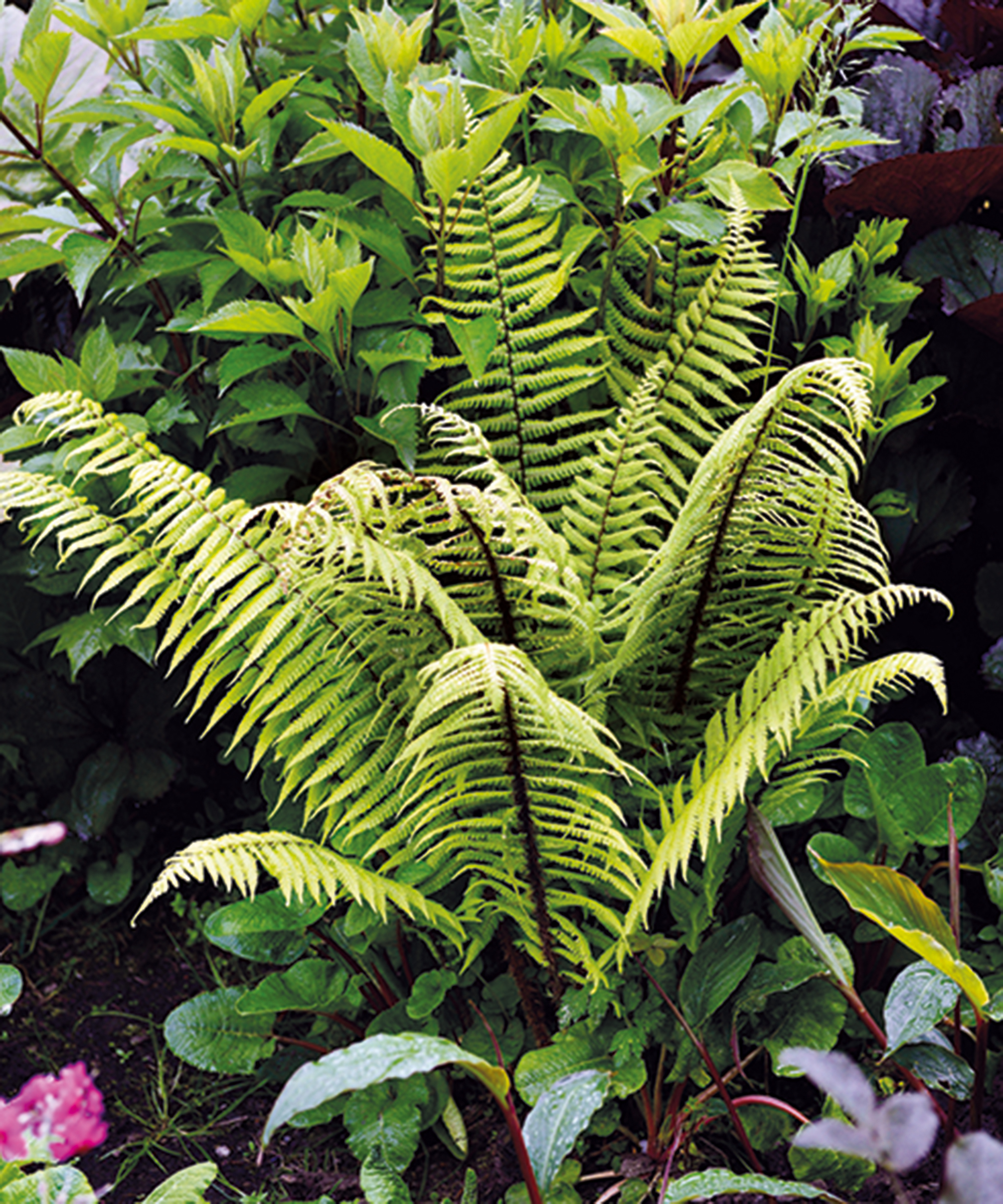
8. Embrace the dark side
All plants have their own light needs – some require full sun, some prefer partial shade, while others grow in full shade. Check the plant label before purchasing.
Most gardens have a mix of light and shady areas, and these differences should be celebrated.
I’ve often heard owners of shady yards complain that they are limited by what they can grow, but if you embrace the dark side you will discover that there are so many wonderful shade-loving plants.
Use lush leafy plants, such as ferns, hostas, heucheras and brunnera, to provide texture and greenery. Then add pretty flowering plants such as hellebores, hydrangeas, begonias, violas, and impatiens. There are also some stunning trees that do well in shadier spots, such as Japanese maple and dogwood.
With a little careful planning, you can create a beautiful oasis to retreat to on hot summer days.
Tip from Melanie Griffiths, Senior Editor
9. Don’t be afraid to prune
Cutting back the plants you have lovingly nurtured may seem counterproductive, but for many plants – particularly shrubs and trees – pruning is essential to their health, appearance and longevity.
Not only does pruning remove old, dead and potentially diseased stems, but it also encourages fresh new growth and flowering, and helps to maintain the shape of the plant.
It’s important to prune plants at the right time, so do your research. Some should be pruned in winter; others right after flowering. Starting a garden is an ideal time to create a pruning calendar.
Pruning is easy if you have the right tools – so invest in a good pair of shears, hand pruners, and a pruning saw.
Start by removing problematic branches, such as those that are dead, diseased, or rubbing against another branch.
Next, thin out any densely crowded areas, as this will allow light to penetrate. Then, look at the plant’s shape, and prune into a sympathetic form. You can remove up to 30% of each branch’s length – this can be 50% or more for plants that take a hard pruning. Again, do your research for each plant.
Come next year, you will reap the rewards of your pruning efforts.
Tip from Janey Goulding, Content Editor
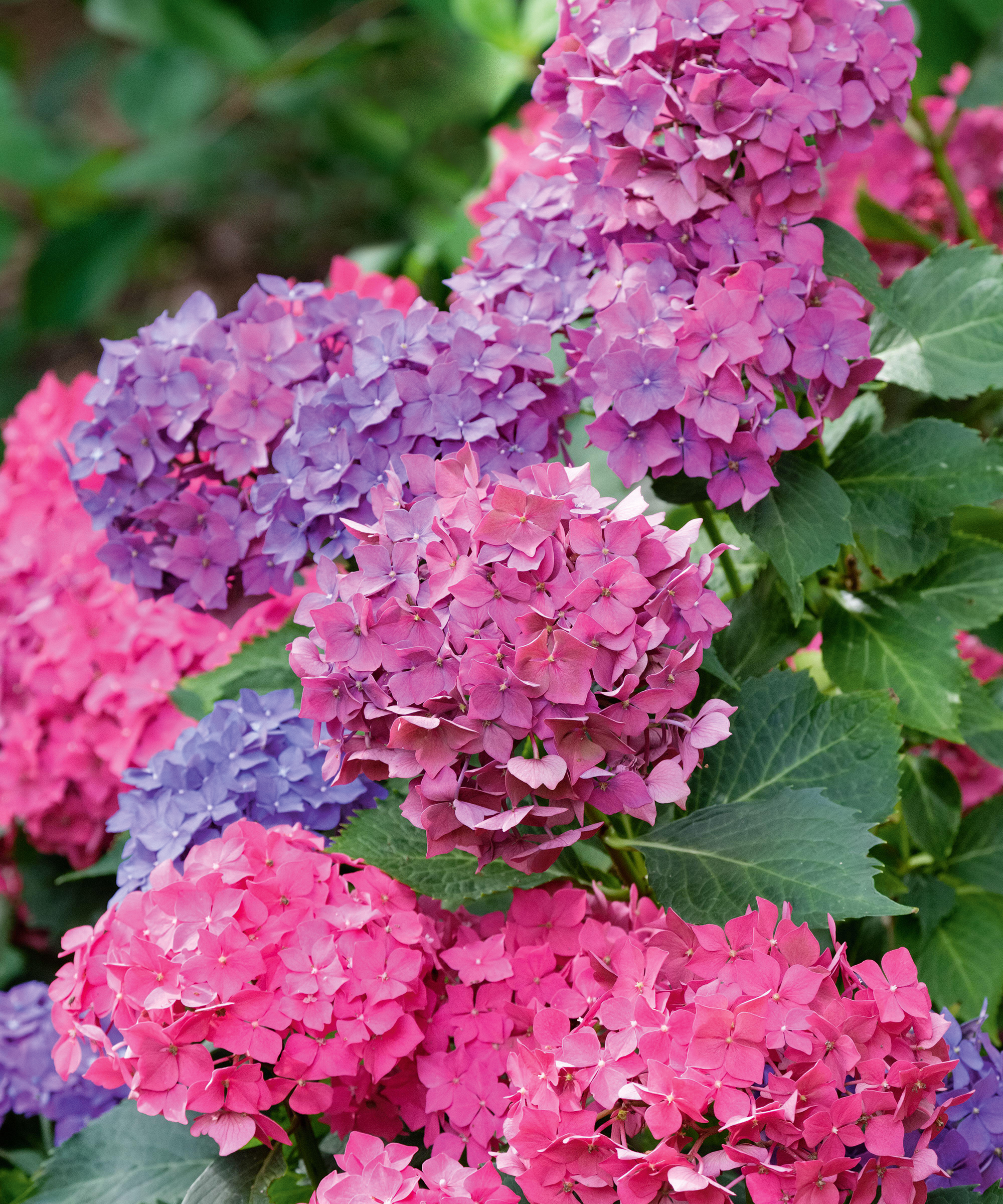
10. Hydrangeas are true garden heroes
One of the best plants to elevate curb appeal and bring seasonal charm to your landscape is the hydrangea. They are often cost-effective, grow rapidly, and create a unique impact on the landscape.
However, with numerous hydrangea varieties available, finding the perfect variety can be a bit tricky. Some hydrangea types are infamous for being finicky, while other varieties are adaptable and thrive in various conditions.
Oakleafs (H. quercifolia), panicle types (H. paniculata) or smooth hydrangea (H. arborescens) forms are all good choices for the beginning gardener. Whether you desire continuous summer blooms, fall interest in the garden, or the use of blooms in arrangements, there's a hydrangea for you!
Tip from Amy Draiss, Digital Community Manager

Melanie is an experienced gardener and has worked in homes and gardens media for over 20 years. She previously served as Editor on Period Living magazine, and worked for Homes & Gardens, Gardening Etc, Real Homes, and Homebuilding & Renovating. Melanie has spent the last few years transforming her own garden, which is constantly evolving as a work in progress. She is also a passionate organic home grower, having experimented with almost every type of vegetable at some point. In her home, Melanie tends to an extensive houseplant collection and is particularly fond of orchids.